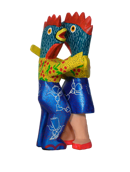

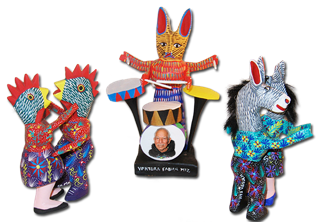
Menu
WHO WE ARE
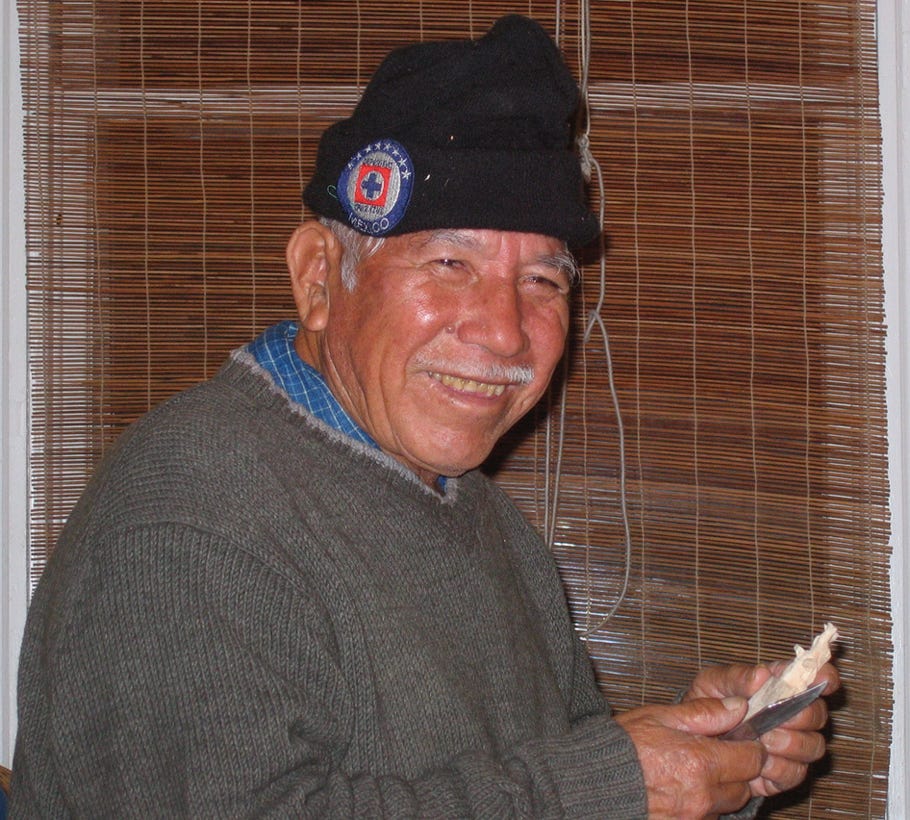
Although Ventura Fabian, who was one of Oaxaca's most respected and accomplished master woodcarvers, passed away in October 2019, those remaining are still greatly influenced by his memory. With his son, Norberto, taking over the carving duties and hoping to invoke his father’s spirit in his own work, we will still include information about Ventura — one of the original small group of woodcarvers from the rural villages of San Martín Tilcajete, Arrazola and La Unión Tejalapan whose remarkable sculptures began the wood carving revival in the 1980's.
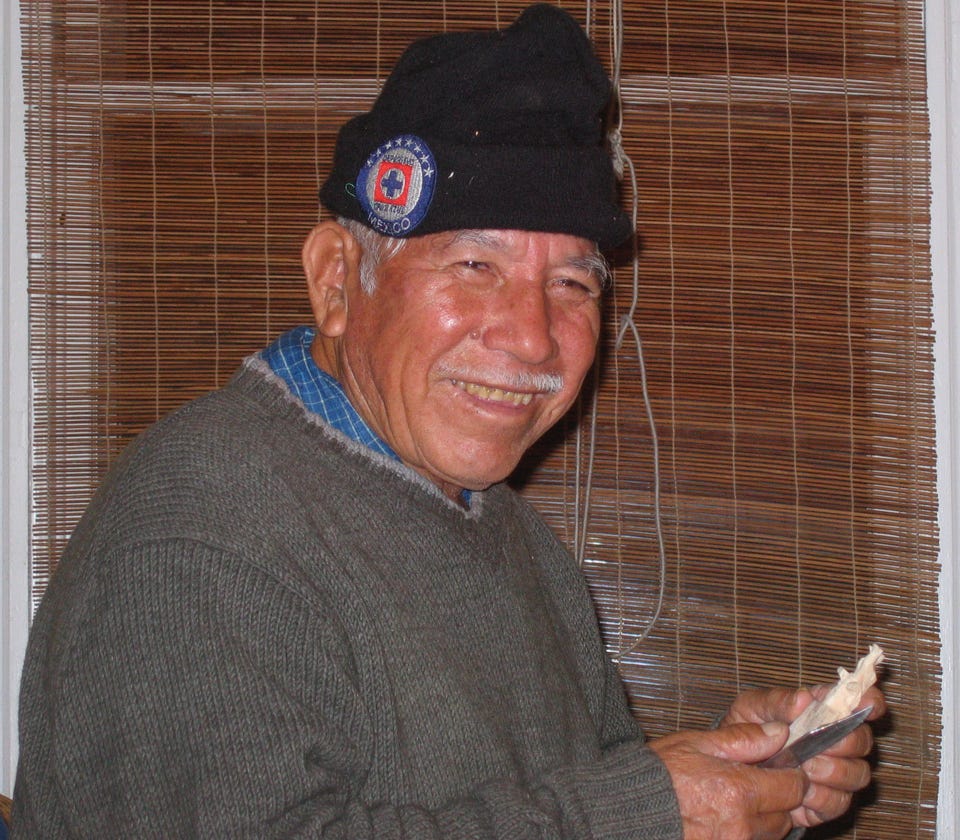
Ventura's work is renown for its originality, humor, and charm, presenting an unusual mix of elements from everyday life with phantasmagoric creatures. He was one of several carvers mentioned in the May 1991 edition of Smithsonian Magazine. His work is also featured in the book Oaxacan Woodcarving: Magic in the Trees. Author Shepard Barbash writes, "Ventura, who of all the carvers perhaps best fits the image of the eccentric folk artist, lives in a peculiarly private world where reality mixes with something less immediately verifiable…. His carvings are the weirdest, most expressive of all." Clients from all over the world sought out his work, yet he remained a humble, shy man who still tended his animals in the field each day. Ventura became an inspiration and teacher to many of the younger carvers in his village, including members of his extended family.
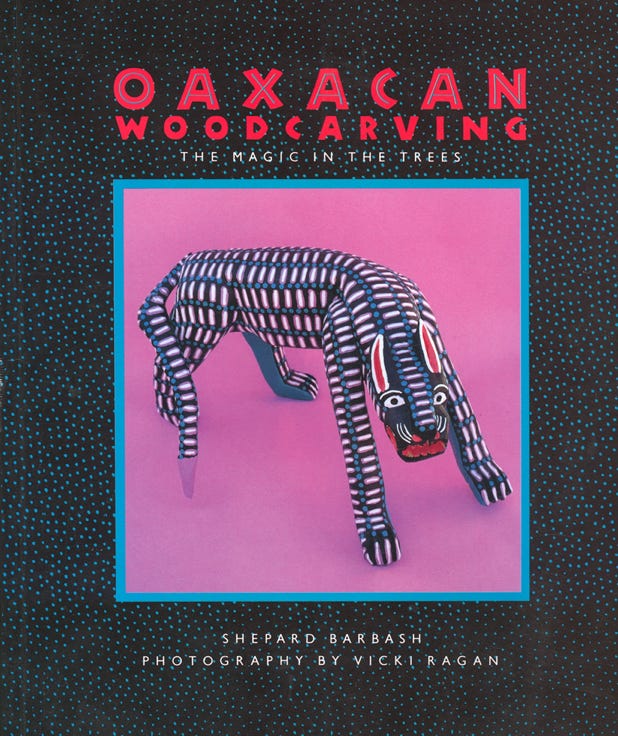
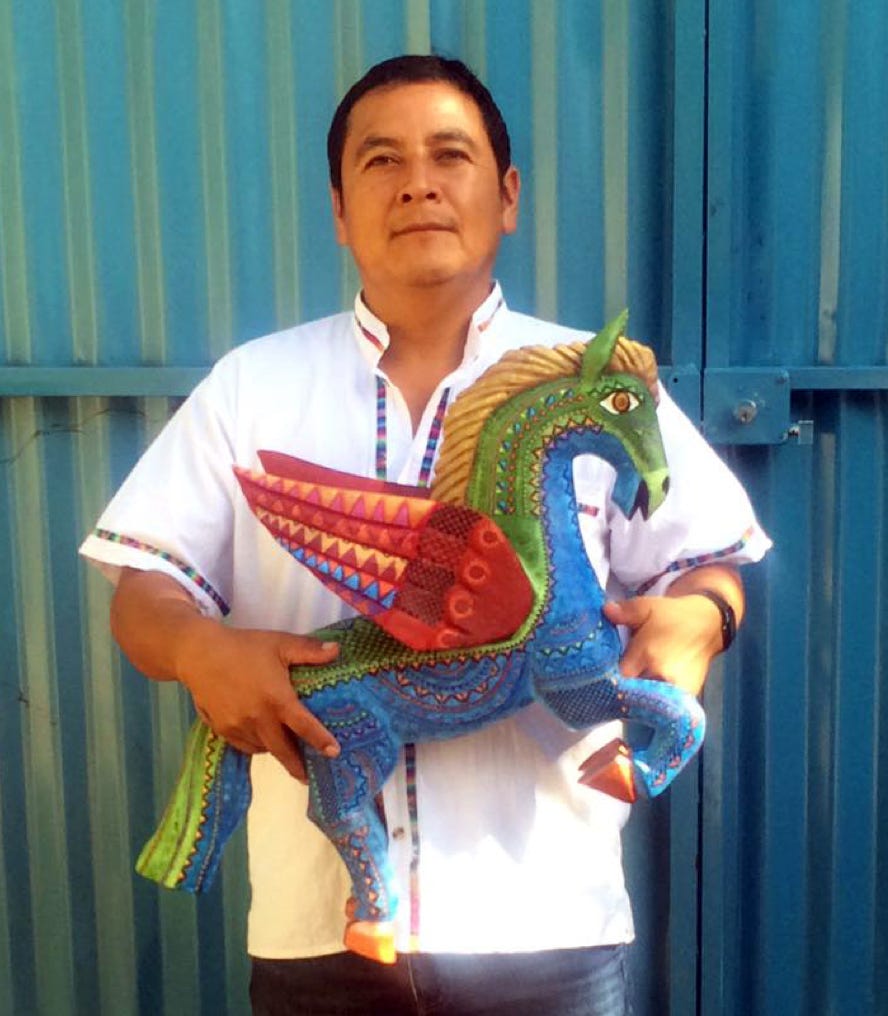
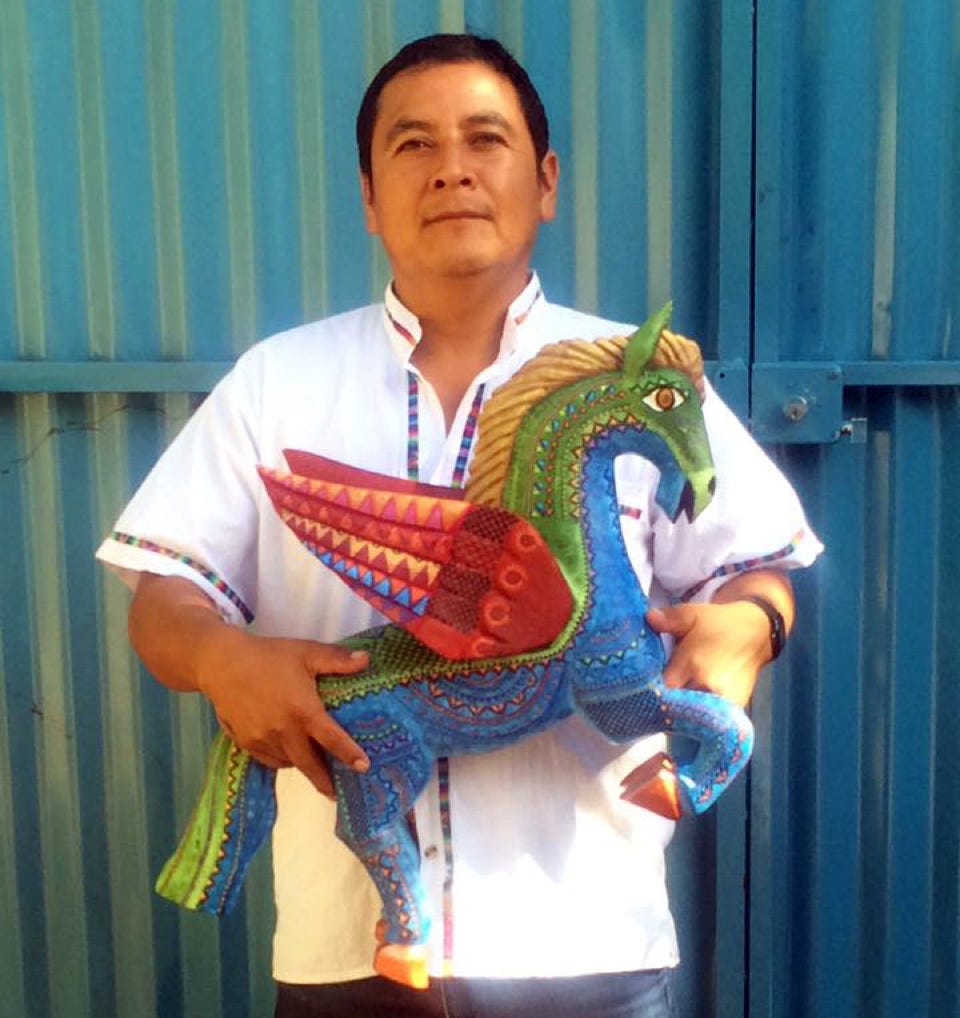
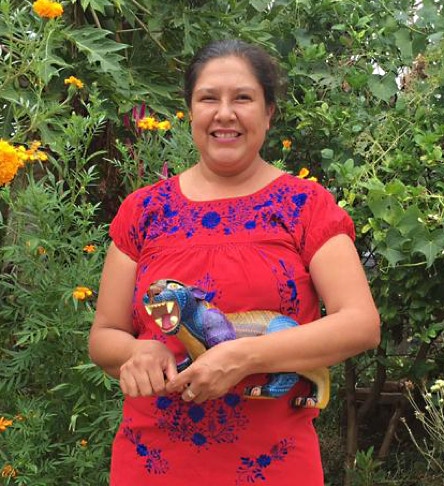
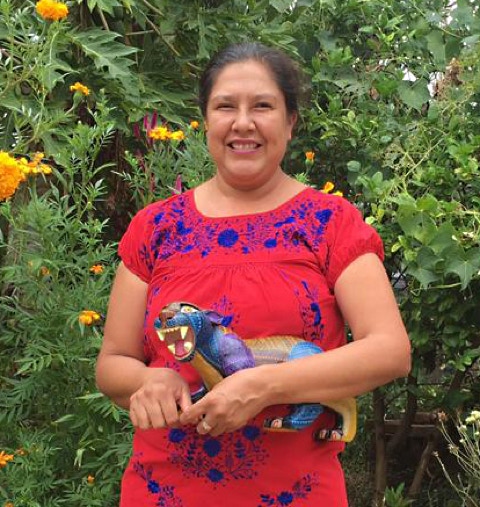
Blanca and Norberto work together to find new ways to embody the vibrancy and exuberance of Mexican artistic expression. They share childcare for their three young children who also help out in the family business.
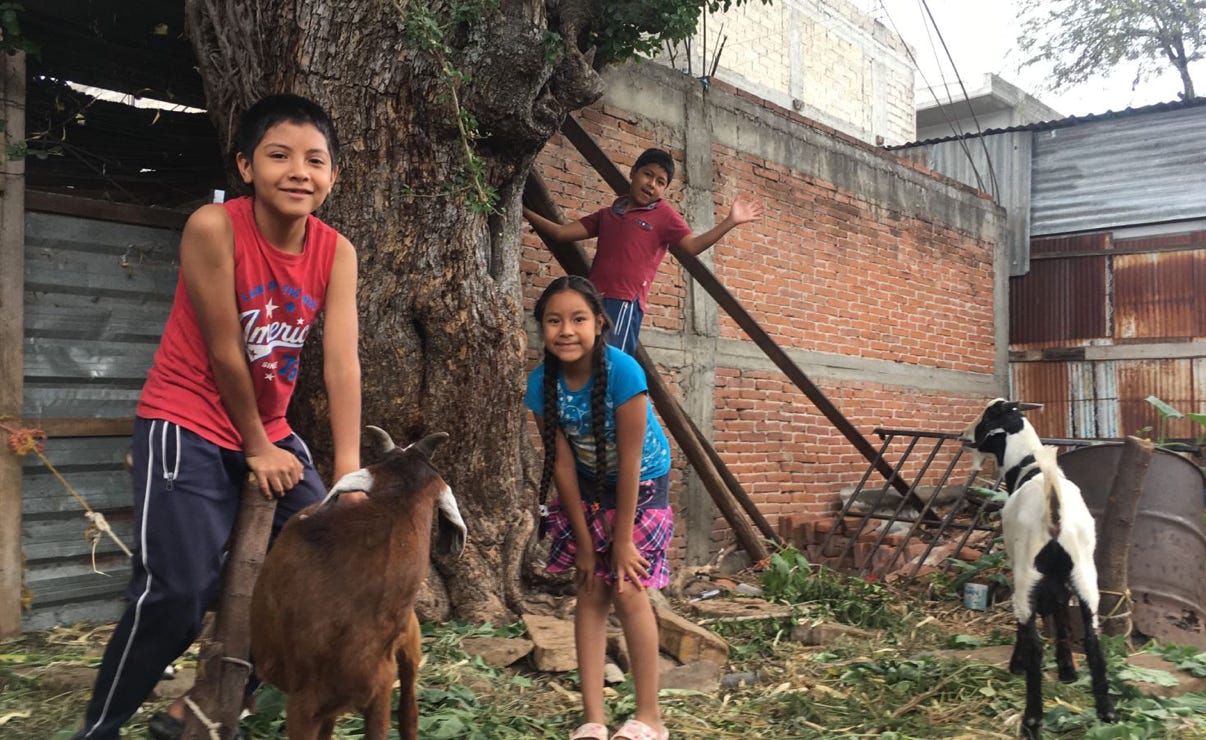


Norberto Fabian Xuana, the 42-year-old son of master Oaxacan woodcarver, Ventura Fabian, has been engulfed in the world of woodcarving since birth. Ventura had already expanded from carving masks for the town festivals to creating his unique dancing chickens and other fabulous creatures, but his mother’s family, the Xuanas, were also well-known in the Oaxacan woodcarving world. Norberto first picked up a carving knife when he was 12, having already absorbed the discipline and work ethic of his father.
Norberto graduated from a small junior college in the nearby village of Ocotlán with a certificate in technical construction, and had taken classes in computer science, but felt called upon to develop his skills in carving and painting to continue in the footsteps of his father as a “campesino-artesano.” His inspiration, he believes, comes from the life and his memory of his father and the love of his children, which “unite my mind, my heart and my hands.”
Blanca Estela Melchor Mendez, a skilled and meticulous painter, learned her craft at the age of 13, working in the studio of her uncle, another carver in this town of woodcarvers. She is grateful that their craft allows the family to work together and while doing that, her children can absorb the process of creating art.
By incorporating Zapotec motifs onto the carvings “we are proud to be able to transmit our culture to the outside world.” Although inspired by the Zapotec tradition, this devout, tranquil artist continually invents mesmerizing patterns and new painting techniques for their carved figures.
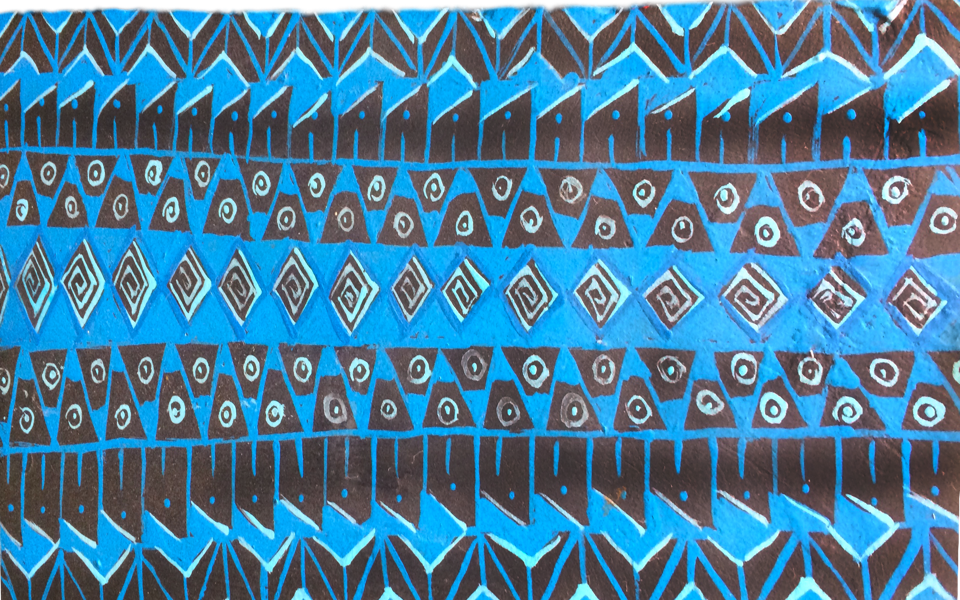
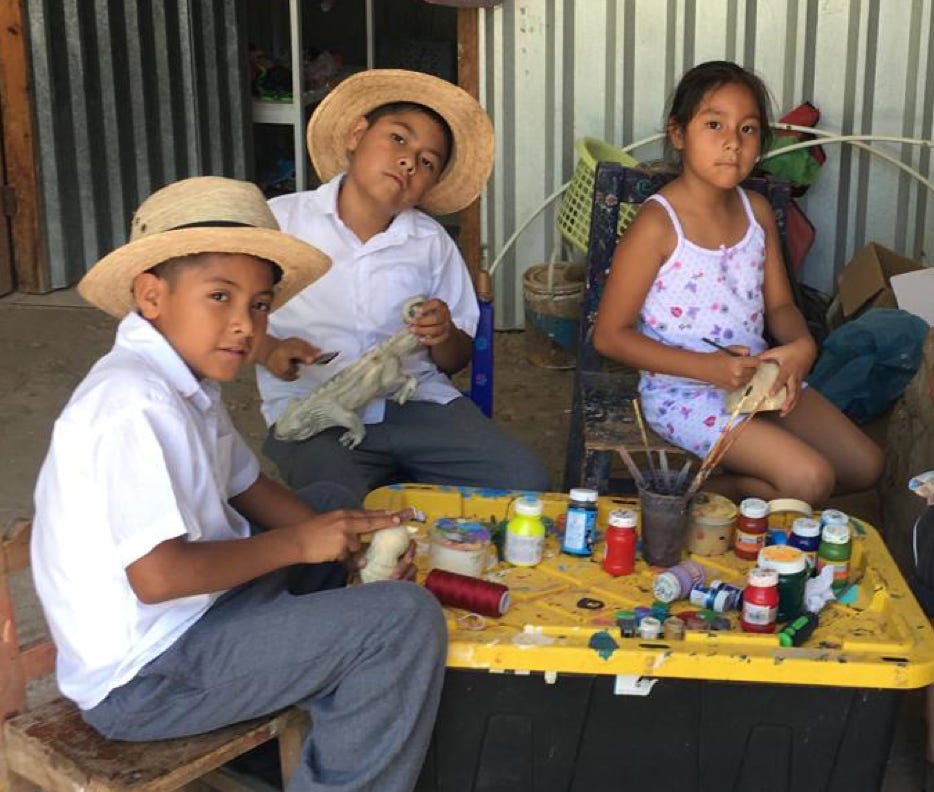
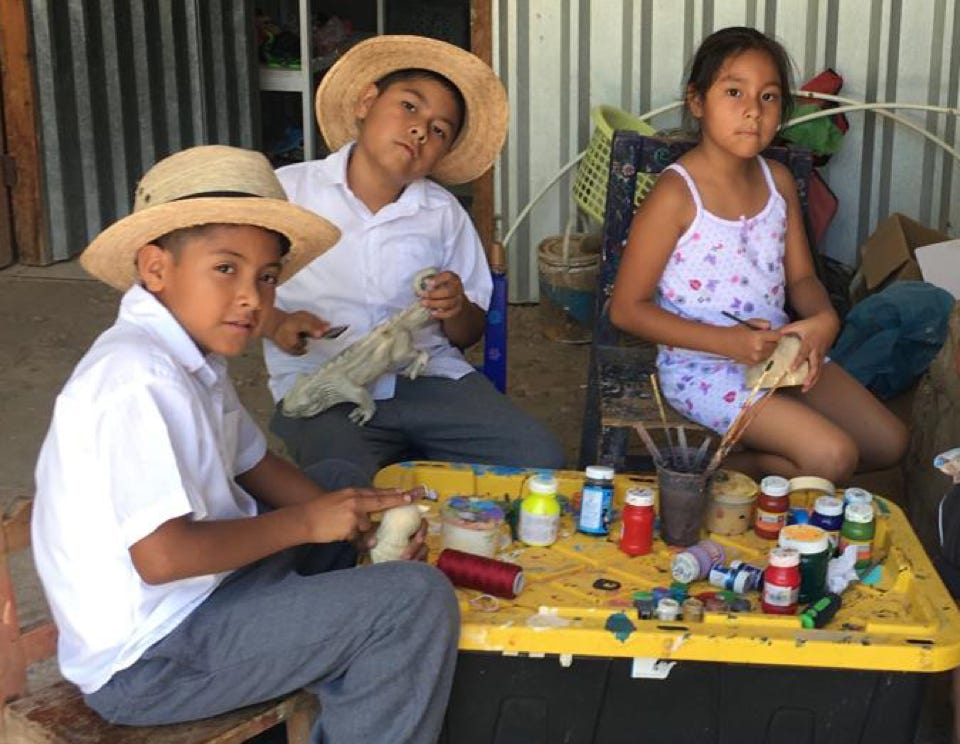
Nina Hasin has been an editor and independent filmmaker since 1983. She studied with pioneer documentary filmmaker, Richard Leacock, at the MIT Film/Video Section and assisted editor Ralph Rosenblum (“Annie Hall,” “ The Pawnbroker,” “The Producers,” author of “When the Shooting Stops, the Cutting Begins”) at the Maine International Film/ Video Workshops. Hasin’s short films have been screened internationally and received numerous awards at established film festivals including the Chicago Film Festival, San Francisco Film Festival, New York Independent Film & Video Expo, the New England Film Festival and the Columbus International Film Festival. She received a National Endowment for the Arts Regional Film/Video Fellowship to make the award-winning poetry video, American Rhapsody. A long love affair with Mexico led Hasin to a five-month stint at the Indigenous Video Center in Oaxaca, where she helped shoot and edit indigenous-based productions. She is currently a free-lance editor in Boston, MA and project director for The Visiting Mexican Artists Program: The Dancing Chickens of Ventura Fabian.
